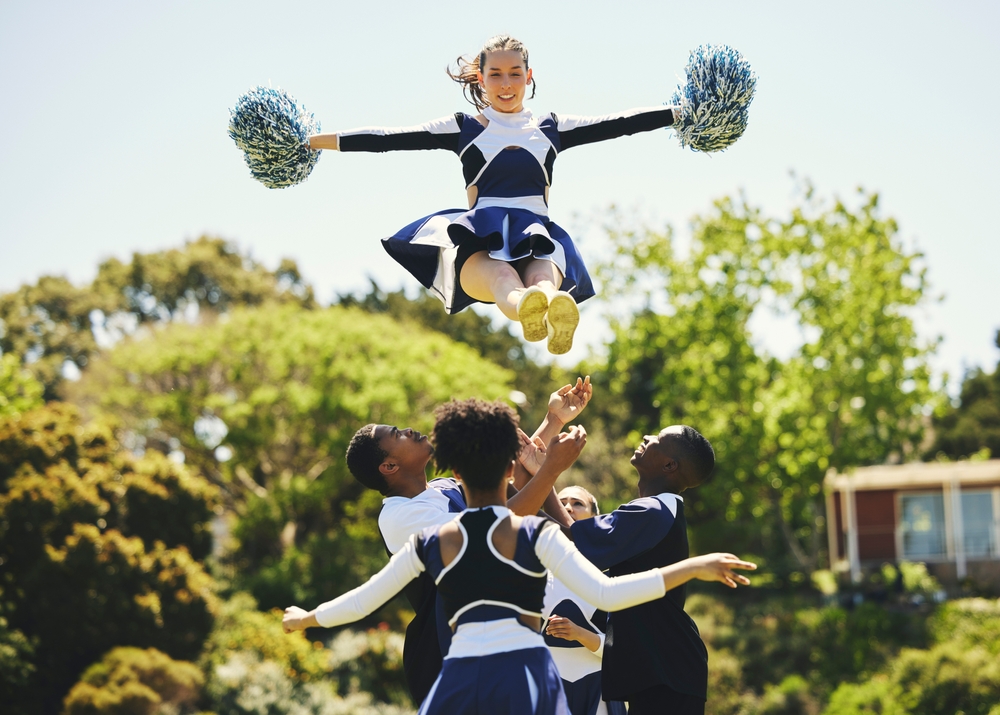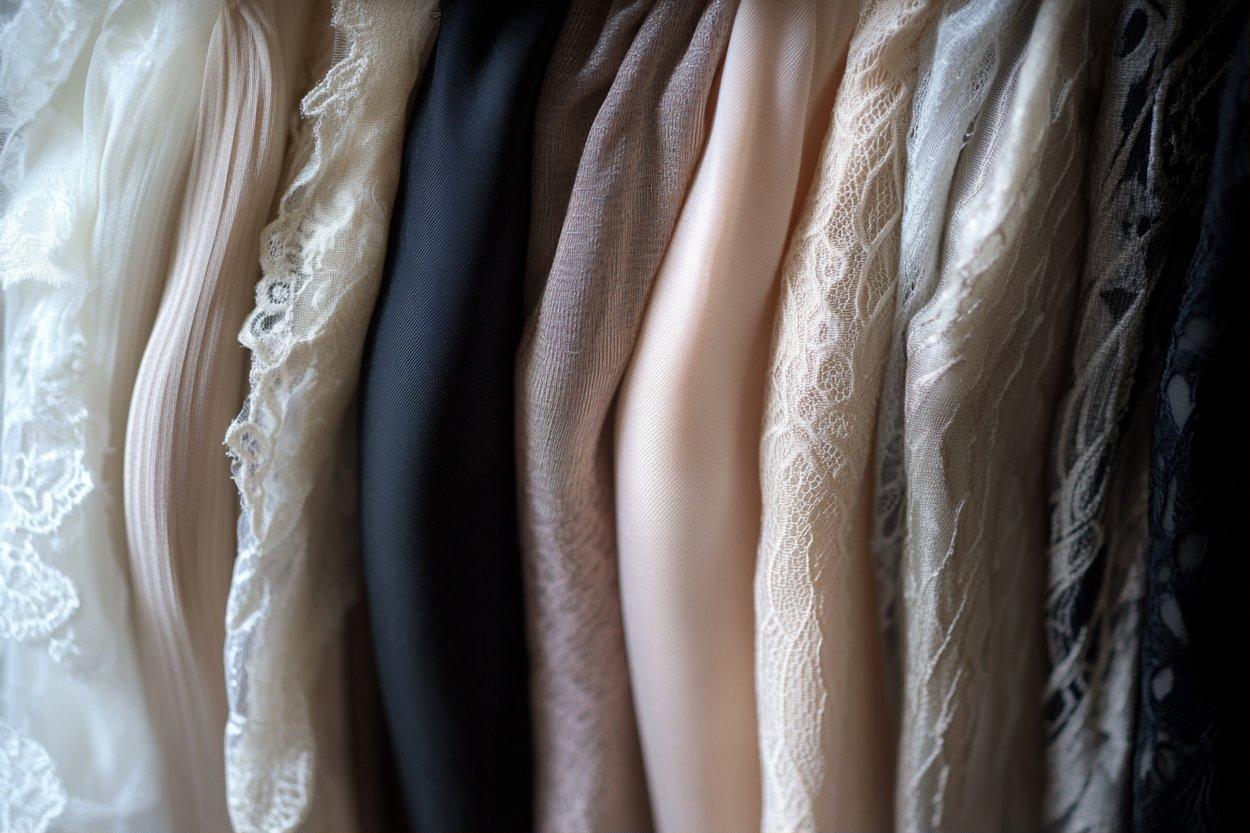Unveiling the High-Stakes World of Competitive Cheerleading
The world of sports is filled with vibrant colors, fierce competition, and an array of disciplines. But one sport that often gets overlooked despite its high intensity and demanding nature is competitive cheerleading. This article aims to throw light on this underappreciated sport, its history, latest trends, and why it should be given its due recognition.

A Historical Perspective
Cheerleading, believe it or not, has a storied past that dates back to the late 19th century. Initially, it was a male-dominated activity, primarily composed of collegiate yells and crowd-leading cheers. However, during World War II, women began to fill cheerleading roles as men were sent to the battlefield. With time, cheerleading evolved, incorporating stunts, tumbles, jumps, and dance routines, thus laying the foundation for the competitive sport we know today.
The Rise of Competitive Cheerleading
The late 20th century marked a significant turning point for cheerleading as it transitioned from a sideline activity to a competitive sport. The establishment of the Universal Cheerleading Association in 1974 and the first broadcast of the National High School Cheerleading Championship on ESPN in 1983 helped catapult cheerleading into the mainstream. Today, competitive cheerleading boasts a global presence with various regional, national, and international championships.
Embracing the Athletic Rigor
Competitive cheerleading is not for the faint-hearted. It requires strength, agility, coordination, and a deep understanding of teamwork. Cheerleaders must master a diverse skill set, including gymnastics, dance, and acrobatics, while also maintaining high energy levels to engage the audience. Despite these rigors, the benefits are manifold, from enhanced physical fitness to improved self-esteem and teamwork skills.
Current Trends and Future Projections
One of the current trends shaping competitive cheerleading is the growing recognition of its athletic rigor. This shift in perspective received a significant boost when the International Olympic Committee (IOC) granted it provisional Olympic status in 2016. With this recognition, competitive cheerleading has gained a more substantial platform to showcase its athleticism, which is likely to attract more participants and fans alike.
Time for a Cheer
Competitive cheerleading, despite its physical and mental demands, often remains in the shadows of more traditional sports. However, with growing recognition and increasing opportunities, this high-energy, high-stakes sport is ready to step into the limelight. As the world of sports continues to evolve, let’s remember to cheer for those athletes who, like cheerleaders, push the boundaries of human potential in their unique way.




